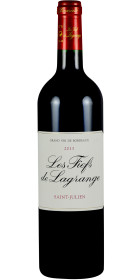
Wine and spirits masterpieces to your doorstep
Saint-Julien

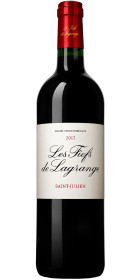
Les Fiefs de Lagrange 2017
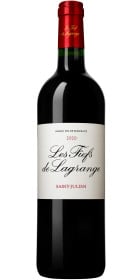
Les Fiefs de Lagrange 2020
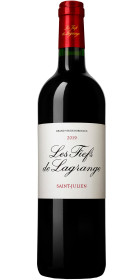
Les Fiefs de Lagrange 2019
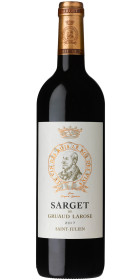
Sarget de Gruaud Larose 2017
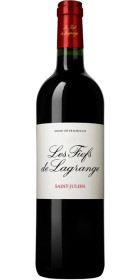
Les Fiefs de Lagrange 2014
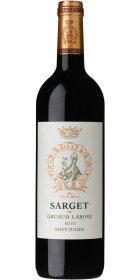
Sarget de Gruaud Larose 2020
- Bottle 0.75L
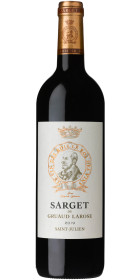
Sarget de Gruaud Larose 2019
- Bottle 0.75L
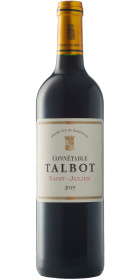
Connétable Talbot 2019
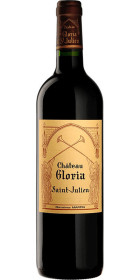
Château Gloria 2013
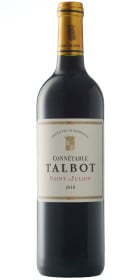
Connétable Talbot 2018
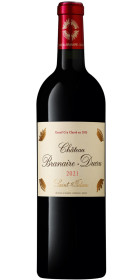
Château Branaire-Ducru 2021
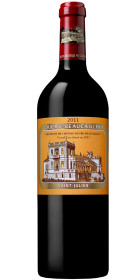
La Croix Ducru-Beaucaillou 2011
- Bottle 0.75L
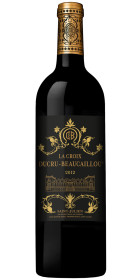
La Croix Ducru-Beaucaillou 2012
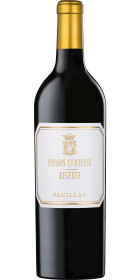
Réserve de la Comtesse 2012
- Bottle 0.75L
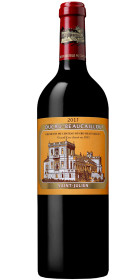
La Croix Ducru-Beaucaillou 2017
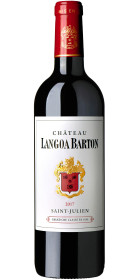
Château Langoa Barton 2017
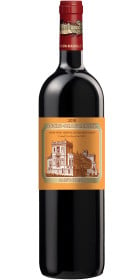
La Croix Ducru-Beaucaillou 2018
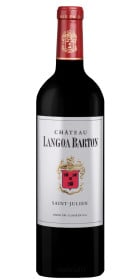
Château Langoa Barton 2018
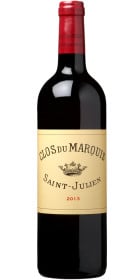
Clos du Marquis 2013
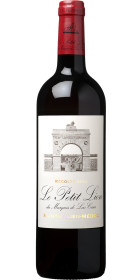
Le Petit Lion du Marquis de Las Cases 2014
- Bottle 0.75L
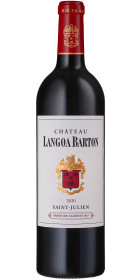
Château Langoa Barton 2020
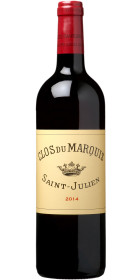
Clos du Marquis 2014
- Bottle 0.75L

Château Talbot 2021
Saint-Julien is the smallest of the Médoc appellations, located north of Margaux and south of Pauillac. Covering an area of 910 hectares of vines, it has 11 Grands Crus Classés in 1855, including 5 Sec Grands Crus. This makes it one of the most prestigious appellations of Bordeaux. Its vineyards are spread over three communes: Saint-Julien-Beychevelle, Cussac-Fort-Médoc and Saint-Laurent-Médoc, for a total production of nearly 46,000 hectoliters of red wine.
Thanks to its exceptional terroir, the Saint-Julien appellation offers wines that share a consistency: power, concentration and finesse of aromas. Built for aging, they are undoubtedly among the greatest wines of Bordeaux.
What are the characteristics of the Saint-Julien appellation?
The soils that make up the Saint-Julien appellation are hilly gravelly hilltops complemented by chalky clay, thus limiting the water storage capacity to restore it to the vines during periods of drought. The grape varieties that flourish on these soils are Cabernet Sauvignon and Merlot in large proportions, as well as Cabernet Franc and Petit Verdot.
- Cabernet Sauvignon, a late ripening grape variety, reaches optimal ripeness thanks to the gravel which transmits to the vine the heat stored during the day, while inducing a hydric constraint necessary for its aromatic enrichment.
- Merlot, present in great majority alongside Cabernet Sauvignon, brings roundness and aromas of red and black fruits to the wines, while softening them.
- Cabernet Franc and Petit Verdot are in the minority in the Saint-Julien appellation, but they do bring indispensable qualities to the blends. The first one brings floral aromas and freshness, and the Second offers color and tannic richness.
What are the emblematic properties of the appellation Saint-Julien?
The appellation Saint-Julien gathers very great names of the vineyard of Bordeaux, in total there are 11 Grands Crus Classés in 1855 which share these lands of excellence:
- 5 Sec Grands Crus Classés : Château Ducru-Beaucaillou, Château Gruaud-Larose, Château Léoville-Barton, Château Léoville Las Cases, Château Léoville Poyferré
- 2 Third Classified Growths: Château Lagrange, Château Langoa Barton
- 4 Fourth Great Classified Growths: Château Beychevelle, Château Branaire-Ducru, Château Saint-Pierre and Château
